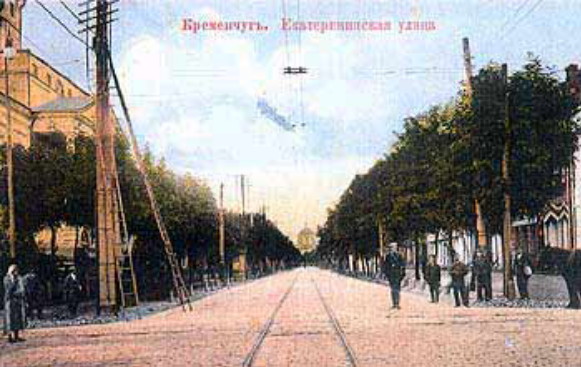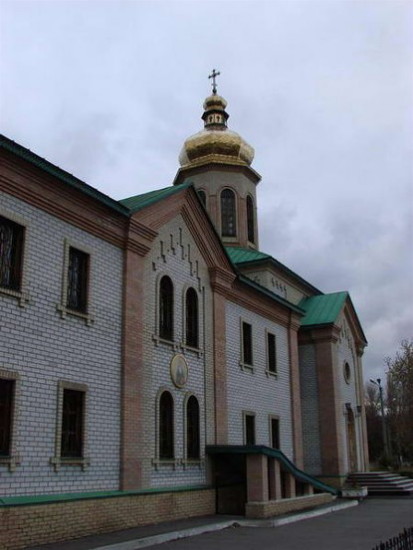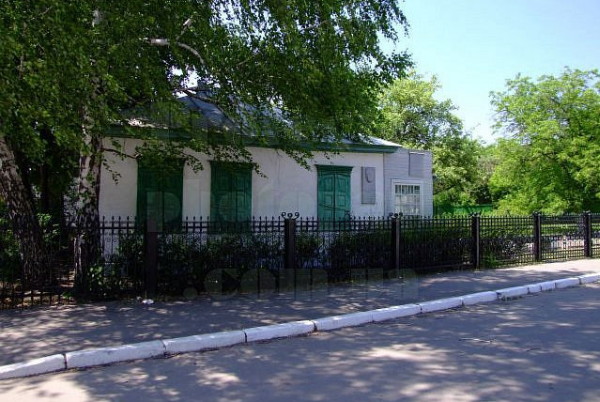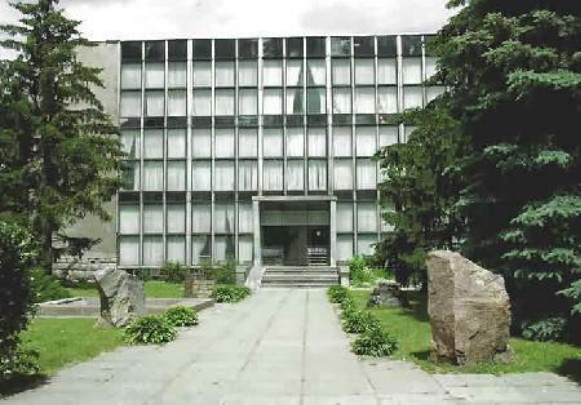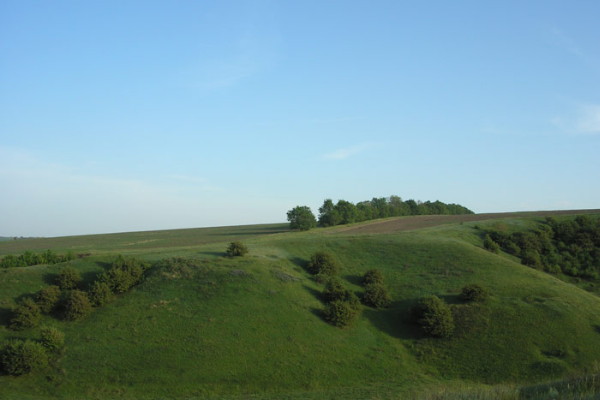Kremenchuk
Kremenchuk [Кременчук; Kremenčuk]. Map: IV-14. City (2019 pop 220,065), raion center, and river port in Poltava oblast, situated on both banks of the Kremenchuk Reservoir on the Dnipro River; until 1796 the settlement on the Right Bank was the separate town of Kriukiv. Kremenchuk was founded in 1571. A Polish castle was built there in 1596. In the Hetman state the town was a Cossack company center in Chyhyryn regiment (1648–61, 1663–7), the capital of a separate Kremenchuk regiment (1661–3), and a company center in Myrhorod regiment (1667–1765). Under Russian rule it was the capital of New Russia gubernia in 1765–83 and the administrative center of Katerynoslav vicegerency in 1784–9; thereafter it was a county center from 1802 to 1920 in Poltava gubernia.
In the second half of the 19th century, Kremenchuk became an important trade and manufacturing center. Consequently its population grew from 24,000 in 1860 to 63,000 in 1897 and 88,400 in 1910. In 1913 it had 95 enterprises, which employed almost half (6,000) of the industrial workers in Poltava gubernia. Under Soviet rule the city was a gubernia capital in 1920–2, an okruha capital in 1922–30, and a raion center in Kharkiv oblast in 1932–7. In 1937 it became part of Poltava oblast.
After the Revolution of 1917 its economy declined, and in 1926 its population was only 58,800 (40.6 percent Ukrainian, 49.2 percent Jewish, and 8.4 percent Russian). Its economy revived during the period of industrialization in the 1930s, and by 1939 its population had grown to 89,700. During the Second World War the city was devastated, and much of its Jewish population perished in the Nazi Holocaust. After the war the city was extensively reconstructed, and its population increased to 93,000 in 1959 and 166,000 in 1970.
Today Kremenchuk is an important center of heavy industry, with six truck plants, the Kriukiv Freight-Car Plant, a mineral-enrichment complex, the Kremenchuk Petroleum Refinery, and plants producing petrochemicals, steel, road-building machines, wheels, silicates, and reinforced-concrete sleepers. Food products, clothing, furniture, leather goods, and footwear are also manufactured there. Institutions in the city include Kremenchuk National University, Kremenchuk Institute of Economy and New Technologies, a branch of the Dnipropetrovsk University of Economy and Law, a regional studies museum, the Anton Makarenko Pedagogical-Memorial Museum, and a civil-aviation pilots' school. Most of its architectural monuments were destroyed during the Second World War.
BIBLIOGRAPHY
Vyrs’kyi, D. Ukraïnne misto: Kremechuk vid zasnuvannia do 1764 r. (Kyiv 2004)
[This article was updated in 2013.]
